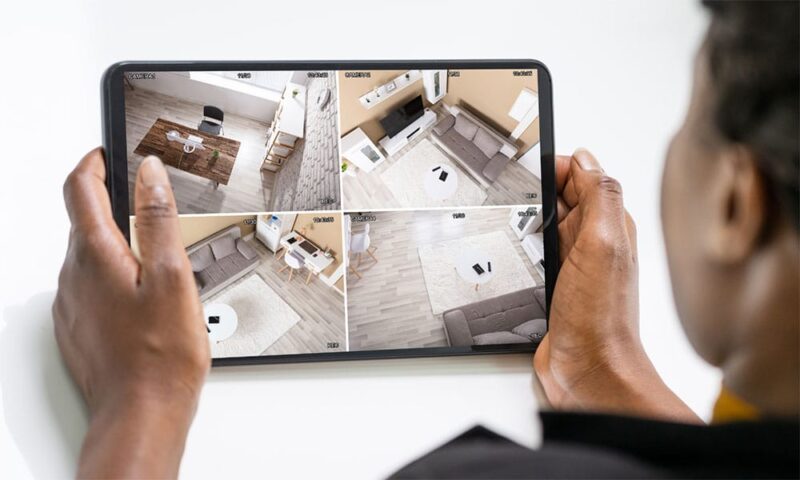How Much Privacy? How Much Monitoring?

Many parents and caregivers worry about risks online, have heard the true stories of what can go wrong, and still don’t quite know how to get a footing in the dizzying world of apps, clouds, online games, devices, routers, browsers, and so on.
When the details are daunting, we look for simpler solutions, such as not allowing devices, taking them overnight, shutting off web routers, inspecting phones regularly, etc. These are all effective methods for reducing risk, but they may also be too broad of a solution for some families, or for specific (older) children within the same family.
A Family Discussion:
Taking time as a family to identify what level of safety practices and online monitoring you want to put in place helps to make the process more manageable and effective. If you include kids in this discussion, you get the benefits of learning more about what they value from their time online and giving them a window into your logic in setting up limitations. This is especially valuable for kids who are used to having digital free reign and are now having safety settings placed on them for the first time.
A Range of Settings:
Think through the spectrum of control and monitoring options to decide where you want to land. Some examples of how this might vary even within 1 family.
8 year-old child:
- Has a dedicated tablet with age-appropriate parental tools in place.
- Only allowed to use at home and in shared spaces.
- No passcode or passcode known by parents.
- Optional 3rd party apps for detailed monitoring (i.e. inappropriate language across all apps).
12 year-old child:
- Has a phone with age-appropriate parental tools in place.
- Allowed to use device outside and in private, but not overnight.
- Allowed to have a passcode, but must open and share phone when asked.
- Optional 3rd party apps for detailed monitoring.
17 year-old child:
- Has a phone with age-appropriate parental tools in place.
- Allowed to keep device at all times (optional settings for limitations on usage, location tracking).
- Allowed to lock the device with private passcode.
- Broad level monitoring (i.e. viewing what apps are installed, overall usage, etc.).
The best solutions to reducing online risks are those that are tailored to the specific situation, family, and child. Understanding the spectrum of tools and options can be more effective (and less of a battle!) than trying to implement blanket solutions. Turning online safety and wellbeing into ongoing discussions with your family is one of the best things you can do. Our free PDF resources can be helpful in planning and implementing your family’s approach:
Social Media in My Life – Interactive Chart
Deciding What Apps to Allow – 7-Step Guide
Keeping Up With Apps and Parental Tools